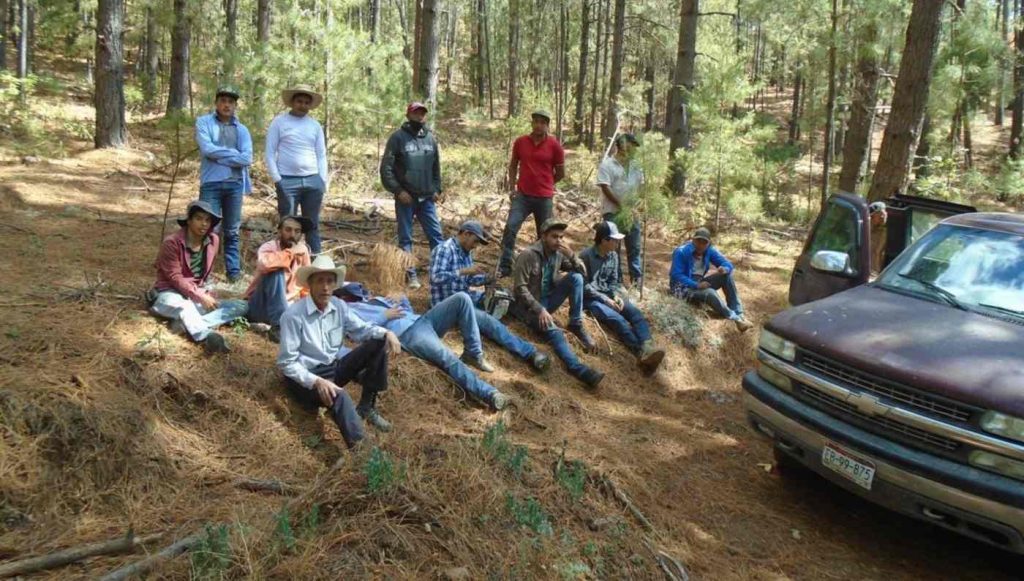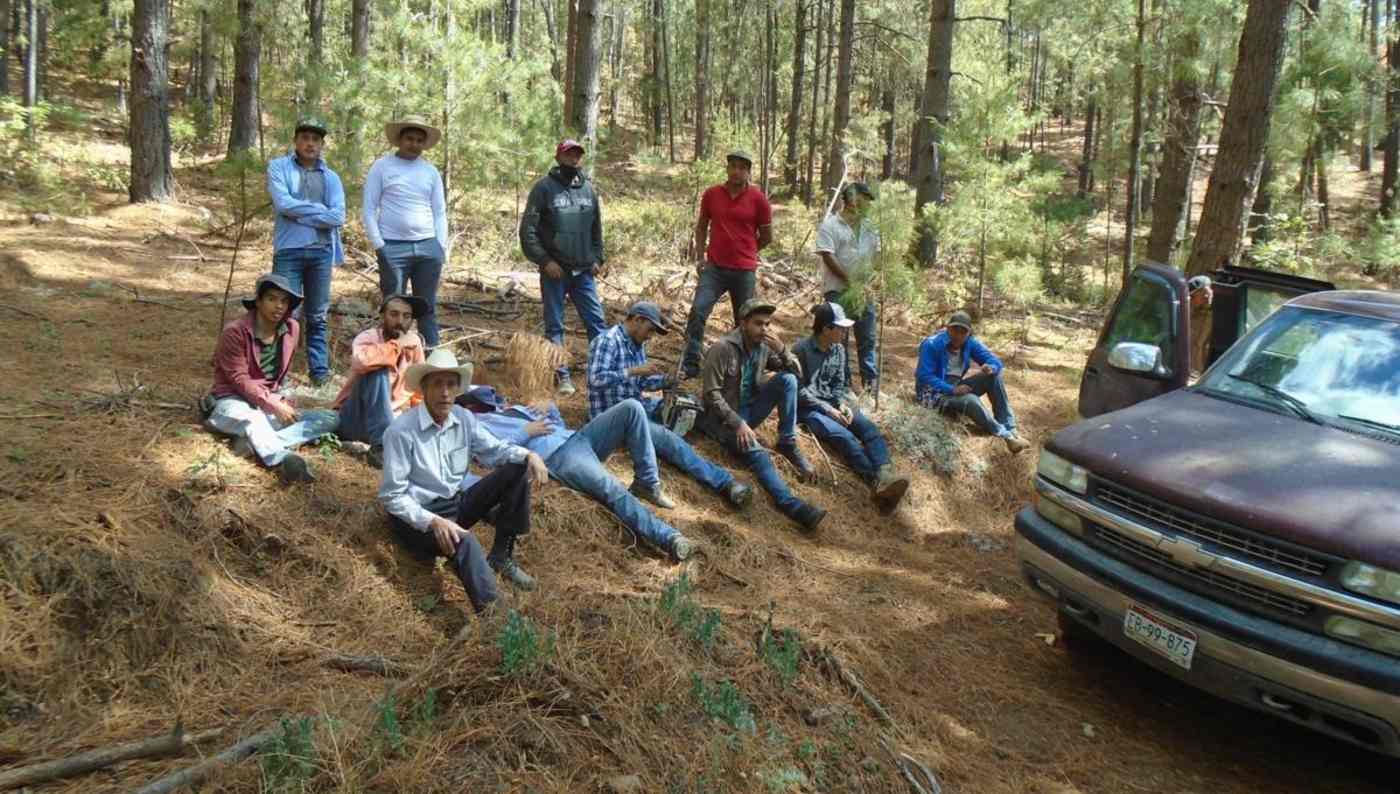
An area famous for cropping narcotics and cannabis has changed its moniker from the Golden Triangle of Opium to the Golden Triangle of Sustainable Forestry.
It’s a shift four decades in the making, as the residents of four communities in the hilly, forested northern part of the state of Durango decided they wanted to secure a more sustainable future for themselves.
Durango state is one of Mexico’s great timber producers, contributing 70 million cubic feet to the national industry. Since the 1970s, the four communities of the Tamazula municipality have used their hills, richly forested with various species of conifers, as a forestry resource—calling themselves The Foresters of Northern Tamazula.
A study by The Food and Agriculture Organization of the United Nations highlights Durango as “one of the most important Mexican states with regards forest production and the conservation of natural resources,” and the more these resources can be developed, the greater the incentives become to move away from Tamazula’s narcotrafficker past. At the moment, the foresters of the mountains there make around U.S. minimum wage.
Reporting on this budding industry is Claire Storey at Mongabay, who spoke with a forestry engineer for UCDFI Topia, a community forest management organization, named Carlos Zapata Pérez.
RELATED: City Trees and Soil Are Sucking More Carbon Out of the Atmosphere Than We Thought
“When we initially began providing them with technical assistance, we saw the situation [the strong presence of crops destined for drug production] and made a real effort to convince them to move away from growing narcotics,” Zapata told Mongabay. “We told them their forest was an important resource because it could offer them many benefits, eco-systemic services, for example.”
Over 40 years, UCDFI Topia has helped the communities of Tamazula to create a community-powered, community-benefited forest management model. Their tree nurseries have produced more than a million conifers, and the economic ends of their labor sustains 10,500 families.
MORE: Genetic Lineage of Thousand-Year-Old Oak Trees Seed an Experimental ‘Super Forest’
Today, a thousand families still live off this forestry system. They maintain the highest certification in Mexico for sustainable forestry, and this has helped lift the municipality off the state’s poverty list.
While Tamazula remains remote, semi-isolated, and rugged, the residents speak proudly of what they’ve built, and the victories over the ‘Golden Triangle’ stigma which they’ve won.
GROW the Good News From the Forest; Share This Story…





















So, with this, does that mean we’re going to stop bringing lumber & wood products from Scandinavia & save on transportation costs?